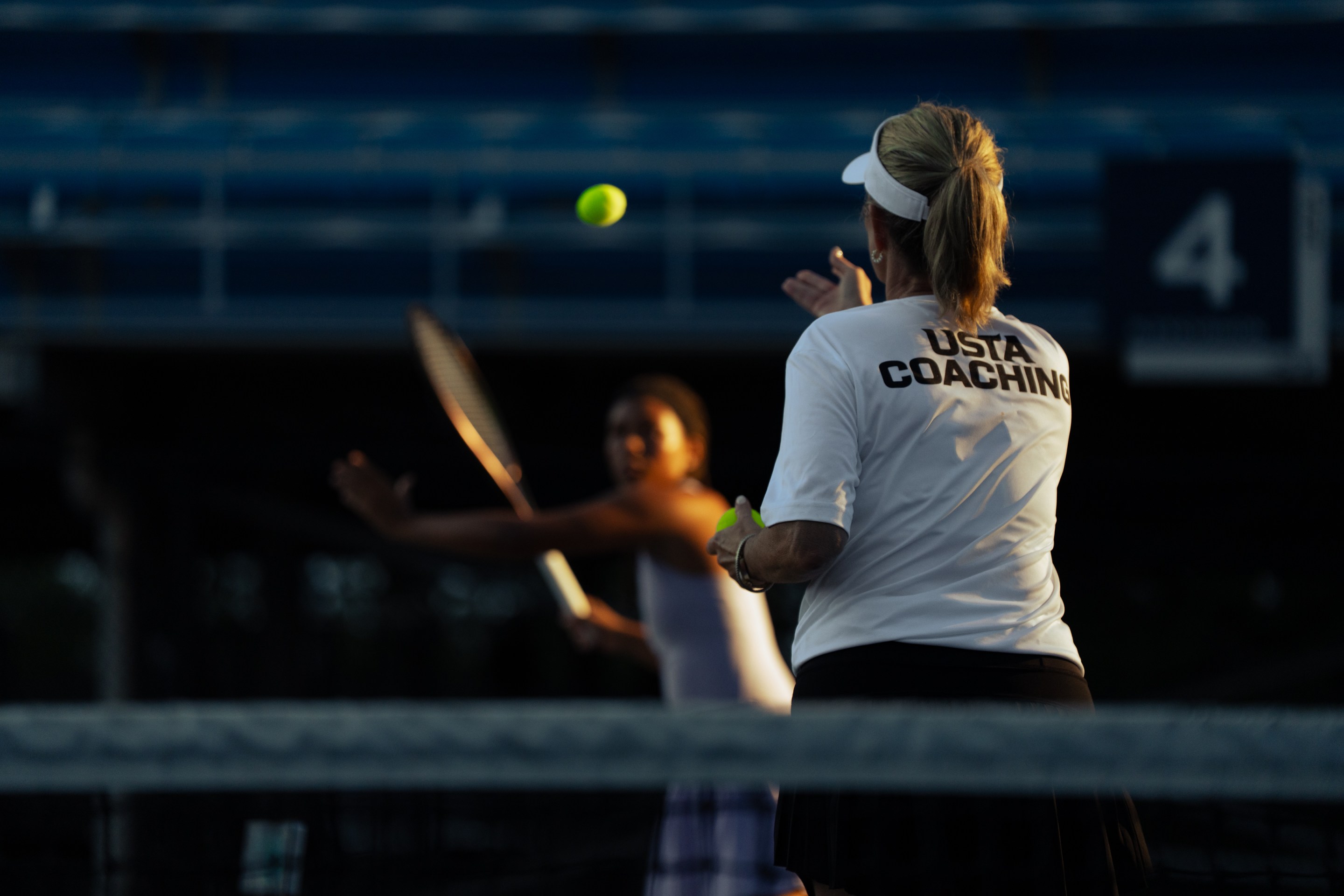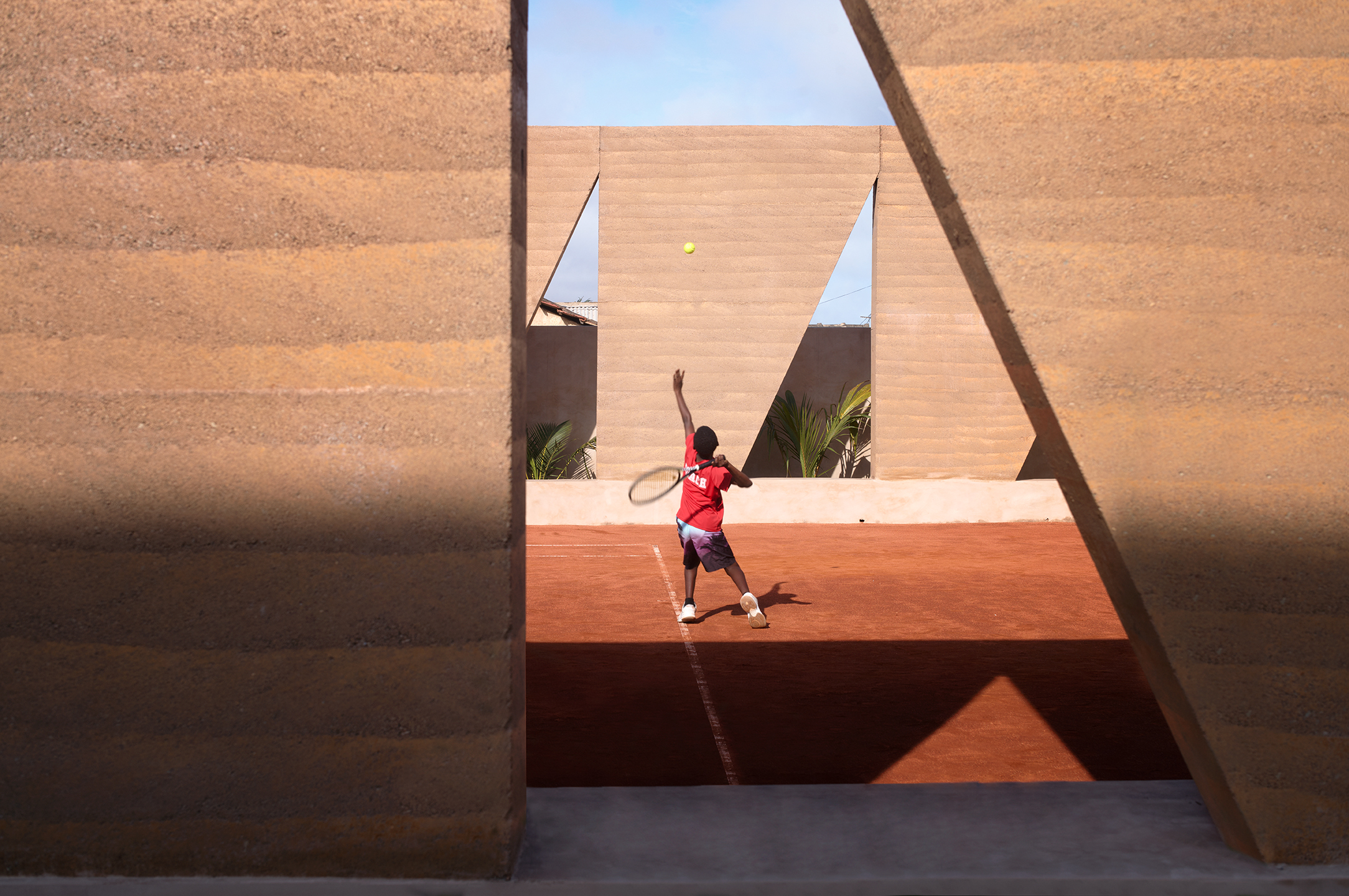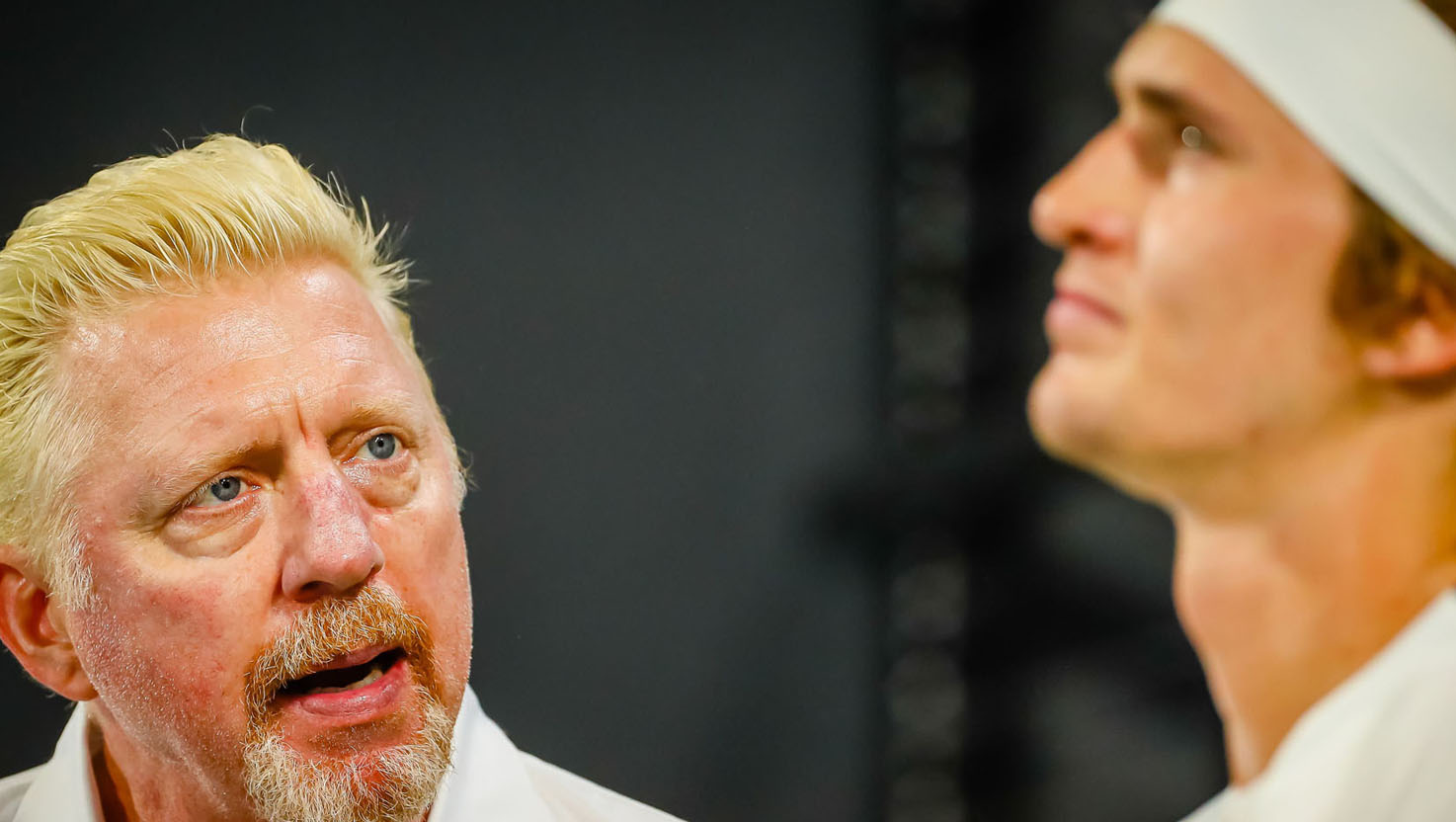The USTA’s new coaching initiative—quietly rolled out over the Summer and launching officially this month—doesn’t so much aim to overturn a century of top-down tennis tradition, but to remake it. For an organization that has been criticized for prioritizing glossy logo rebrands and executive bloat as the game of tennis faces existential threat from new comers, it’s a welcome new role that centers the USTA’s mission to grow the game.
The timing couldn’t be better: Flush with cash after selling the Cincinnati Open to billionaire (and WTA dad) Ben Navarro for a few hundred million dollars, the USTA is turning its attention to the people who make tennis happen for everyone else: Coaches. USTA Coaching CEO Craig Morris and Managing Director Megan Rose are trying to reframe coaching not as a static profession with a definitive playbook disseminated from upon high but as a living ecosystem: A vast network of roots connecting everything from player development and community programs to the lamps illuminating late-night court sessions across the country.
“Sometimes in tennis I feel like there are opportunities to do good, but a lot of it ends up being around things like tournament operations and program execution,” Rose says. “We are really taking a systematic approach to make tennis more inclusive for coaches who then inspire participation.”

They’re betting that a redistribution of resources and a recalibration of the sport’s relationship towards those who deliver it daily will radically alter the definition of who gets to be a coach—and downstream of that, who gets to play. Rose names a necessary expansion of what “coach” even means: parents, P.E. teachers, after-school caregivers, wheelchair instructors and high performance mentors all fit the bill.
For Rose, who was an All-American collegiate athlete at University of Miami and played on the WTA Tour before transitioning into a head coaching role at Princeton University, the mirroring of her own tennis trajectory and where she sees shortcomings is apparent.
“Being part of this process has touched a lot of different parts of my tennis experience from playing to being a sports parent and seeing the differences in tennis versus the differences in other youth sports,” she says. “As a woman of color knowing that the sport is significantly lacking in female coaches, people of color and even those who have a physical disability, there's so much opportunity for us to do good in this space and support for coaches who are doing this as a living or even who want to do it as a hobby. Not everyone is going to be Richard Williams.”
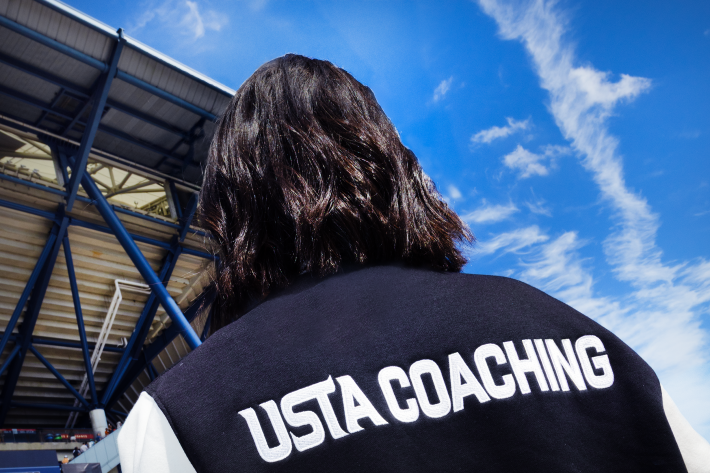
It’s a mosaic of roles—and it basically constitutes a supply chain of information—that the USTA is supporting with learning modules, certifications, training and a lot more. And as the platform makes clear, these resources are explicitly available to a range of users—from wheelchair instructors on public courts and suburban parents trying tennis (much less coaching it) for the first time to the elite coaches shepherding future tour players.
Morris is candid about the many issues that this new system is aiming to fix—from player retention—“If my kid doesn’t like this coach, he’s not going back”—to some of the structural shortcomings and demographic stagnancy of the coaching profession.

“This is an industry that's tough, you're on court a lot, you start days at three o'clock and go through till 10. You're working weekends, the conditions of work are not great. You might not get health insurance, you may not get benefits, you're on a contract at a club who may just finish you up,” he says. “So I think the industry is almost on its knees. And we're aging out, it's white men. So we—Megan, I and the team— have both the challenge and the opportunity of reshaping this industry.”
And early indications seem like the idea is taking: Two community-based organizations focused on reaching new players through coaches who are new to the game (or at least newly empowered to teach it) report positive signs.
“USTA Coaching launched at exactly the right moment for Black Girls Tennis Club, says Kimberly Selden, Founder and CEO of the non-profit, which offers youth programming in the form of free clinics, as well as a coaching pipeline to get newer faces behind ball hoppers.
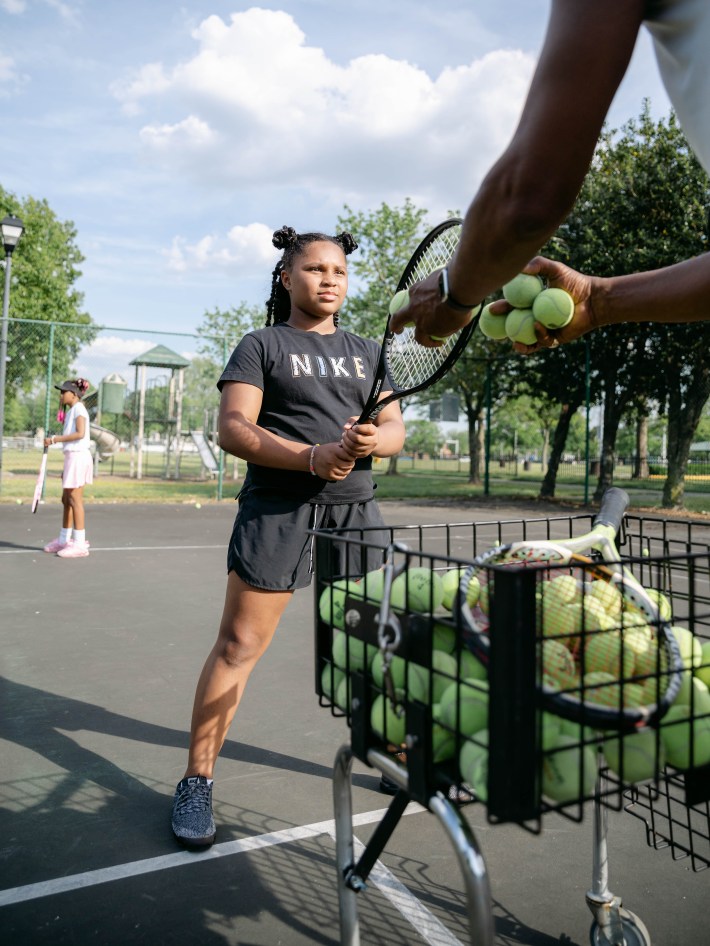
“Coaching development is one of our most significant needs, and these new tools finally make the pathway clear, streamlined and accessible,” she says. “It opens the door for more people, especially new and emerging coaches, to step onto the court with confidence.”
In March 2025, the USTA teamed up with Club Raquetas, “a transfronterizo [cross-border] social and athletic club” based in San Diego, to do a Coaching Fundamentals workshop in the border region. It’s aimed at getting new coaches up to speed so they can attract the next generation of players, many of whom have outreach and linguistic needs specific to border communities.
“When they asked what we needed, I told them we needed Spanish-speaking coaches,” says founder Tony Ley. “They sent coaches from many different USTA sections of the country, and everyone’s favorite was Coach Alan of USTA Southern section—an Argentinean-born man coaching out of Atlanta. Our participants would try to imitate his strong Argentinian accent, ‘Che boludo’ style.”
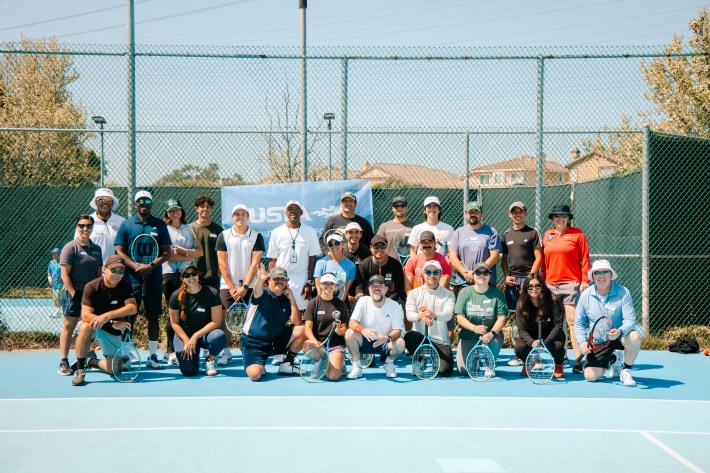
Over the 16 hours of coaching spread out between two days, the clinic attracted participants from all over the border regions—Tijuana, Tecate , Ensenada , Mexicali—as well as many high school coaches from the heavily Mexican American populated communities of South Bay San Diego.
So what does success look like here? Not just numbers—though player engagement and retention stats certainly matter—but also the creation of durable, inclusive environments, and a recognition pipeline for those “grassroots heroes”— as Morris calls them—left behind when the spotlight lingers on the player’s box instead of the playground.

The narrative of American tennis has long preferred champion stories—trophy ceremonies over the patient aggregation of small wins that make future champions possible. Morris and Rose’s blueprint challenges an often-hidebound infrastructure, and insists that to change tennis is to change its delivery. If they succeed and create a new generation of coaches who bring in new players, this would be—for American tennis at a pivotal moment—the biggest win there is.
“The sport is evolving, and USTA is showing up with honest intention,” Selden says. “The leadership from Craig, Megan and the team reflects a commitment to access, representation and building a tennis community that looks like the world we actually live in. This isn’t just helpful for BGTC, it’s a win for the entire tennis ecosystem.”
